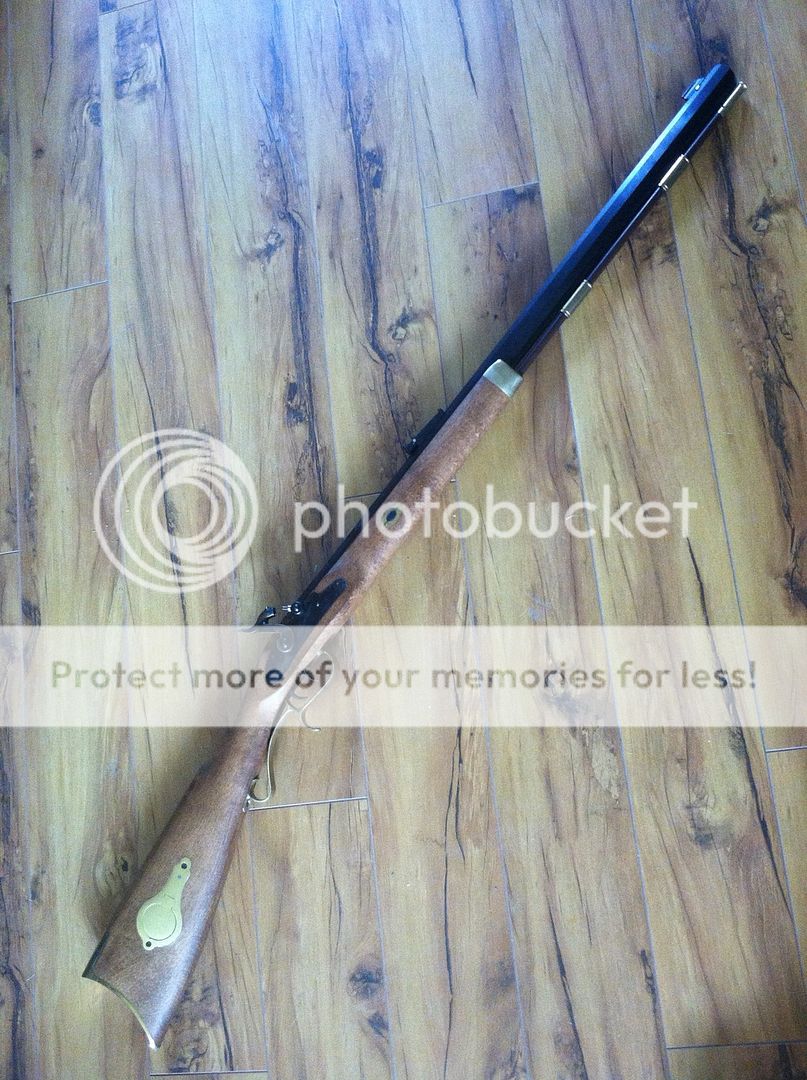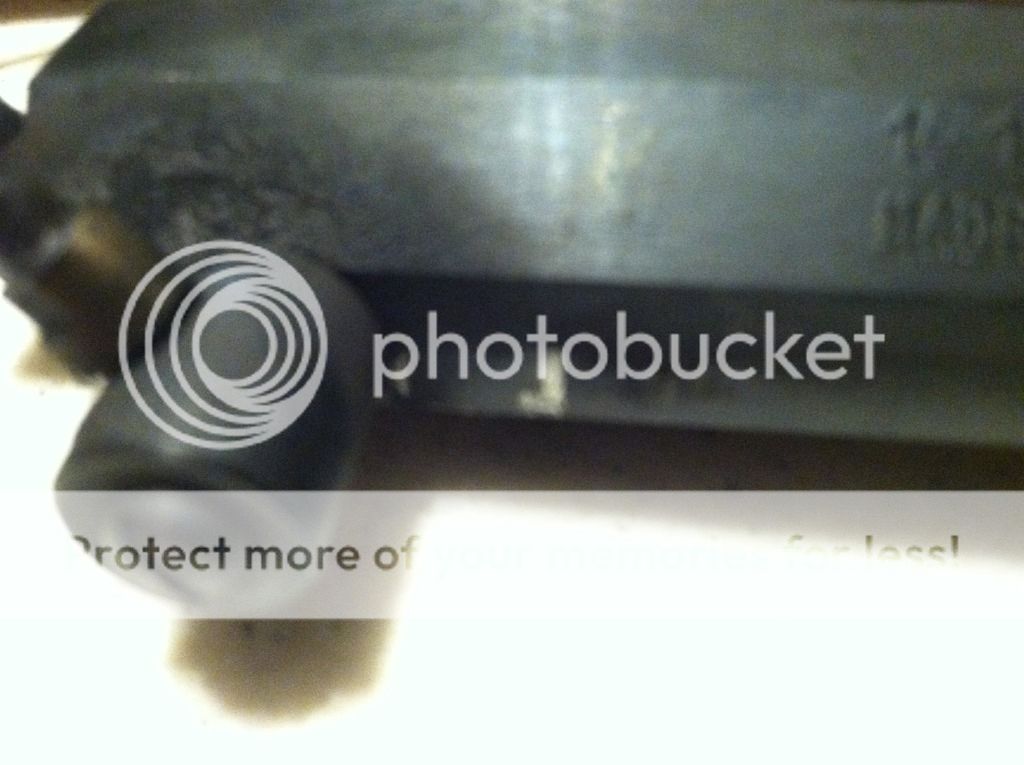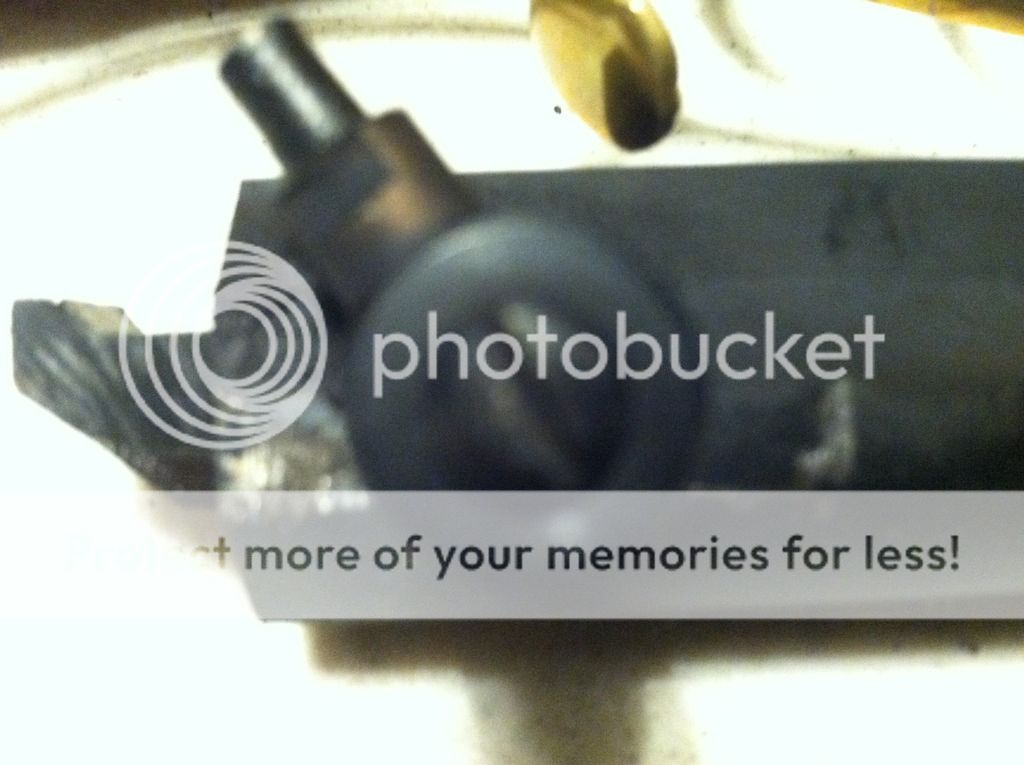Hi all, I'm Morse and new to the forums. New to BP as well.
A little info about the rifle I recently picked up might help my question. It's a .50cal Traditions Hawken. Not sure how old/new it is, the shop I bought it from told me 8-10 years old, but the conversation (after basic research from other topics of discussion) leads me to believe he didn't know much about BP firearms. If you just google the gun name and find sellers, I didn't pay anywhere near their asking price, so maybe it's a good thing he was kind of ignorant.
When I go shooting, I end up with a ring of powder residue on the rear of the barrel, circling that cone looking piece which connects to the nipple. Removing the barrel from the stock, there is some visible damage around this cone, as if someone maybe had a pair of pliers and scratched the barrel. No visible damage on this cone piece, just on the barrel surrounding it.
Is this residue placement from gasses escaping the nipple and spreading on the barrel, or do I have a loose cone piece which is letting gasses escape where they aren't supposed to be? Does anyone else experience this?
PS: Is there a name for that circular cone that connects the barrel to the nipple?
A little info about the rifle I recently picked up might help my question. It's a .50cal Traditions Hawken. Not sure how old/new it is, the shop I bought it from told me 8-10 years old, but the conversation (after basic research from other topics of discussion) leads me to believe he didn't know much about BP firearms. If you just google the gun name and find sellers, I didn't pay anywhere near their asking price, so maybe it's a good thing he was kind of ignorant.
When I go shooting, I end up with a ring of powder residue on the rear of the barrel, circling that cone looking piece which connects to the nipple. Removing the barrel from the stock, there is some visible damage around this cone, as if someone maybe had a pair of pliers and scratched the barrel. No visible damage on this cone piece, just on the barrel surrounding it.
Is this residue placement from gasses escaping the nipple and spreading on the barrel, or do I have a loose cone piece which is letting gasses escape where they aren't supposed to be? Does anyone else experience this?
PS: Is there a name for that circular cone that connects the barrel to the nipple?









